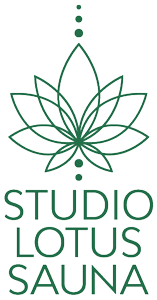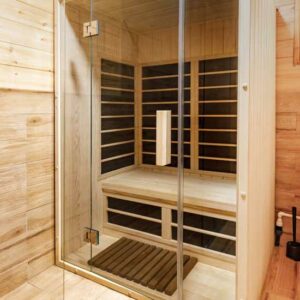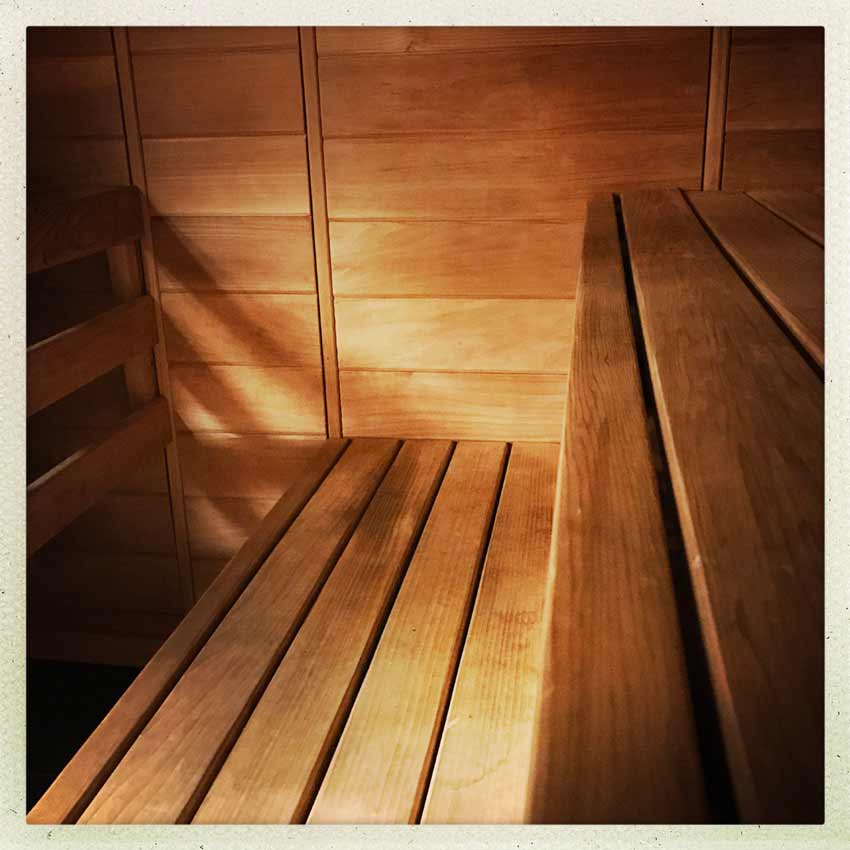Light therapy uses colors for their proposed wellness abilities in treating emotional and physical disturbances. Light therapy is based on the premise that different colors evoke different responses in people. For example, some colors are considered to be stimulating, whereas others may be soothing.
Red
Red is called “The Great Energizer.”
Associated with energy and stimulation. Helps with fatigue, colds, sluggish circulation, and to stimulate the senses. Also found in Red Light Therapy.
Orange
Orange is associated with joy, happiness, and creativity. It may be used to help with digestive discomforts, muscle cramps, and depression.
Yellow
Yellow is thought to stimulate the nervous system, help with learning, and inspire positive feelings. It may be used for conditions like indigestion, ski problems, and to help strengthen the body.
Green
Green is the universal healing color. Green is associated with harmony, growth, and balance. It’s often used for stress relief, to help with heart conditions, and to promote a sense of calm and relaxation.
Blue
Blue is connected with communication, peace, and healing. It’s often used to soothe illnesses and treat pain, especially for conditions involving the throat or mouth.
Indigo
Indigo is associated with intuition, meditation, and understanding. It’s often used to help with conditions involving the eyes, ears, and nose, and for mental health conditions like depression or anxiety.
Violet
Violet is connected with spiritual awareness and intuition. It’s often used for relaxation, to inspire creativity, and for conditions related to the head and scalp. Leonardo da Vinci proclaimed that you can increase the power of meditation ten fold by meditating under the gentle rays of violet, as found in church windows.
*Color therapy has been suggested for many uses, based on tradition or on scientific theories. Consult with a health care provider before using color therapy for any use.










 Light Therapy has been reported, as part of a healthy lifestyle, to temporarily reduce swelling, relieve pain, decrease inflammation, accelerate open wound healing and greatly reduce overall recovery after medical/surgical procedures. Patients have demonstrated increased range of motion, decreased muscle tension and spasm, and improved circulation.
Light Therapy has been reported, as part of a healthy lifestyle, to temporarily reduce swelling, relieve pain, decrease inflammation, accelerate open wound healing and greatly reduce overall recovery after medical/surgical procedures. Patients have demonstrated increased range of motion, decreased muscle tension and spasm, and improved circulation.




